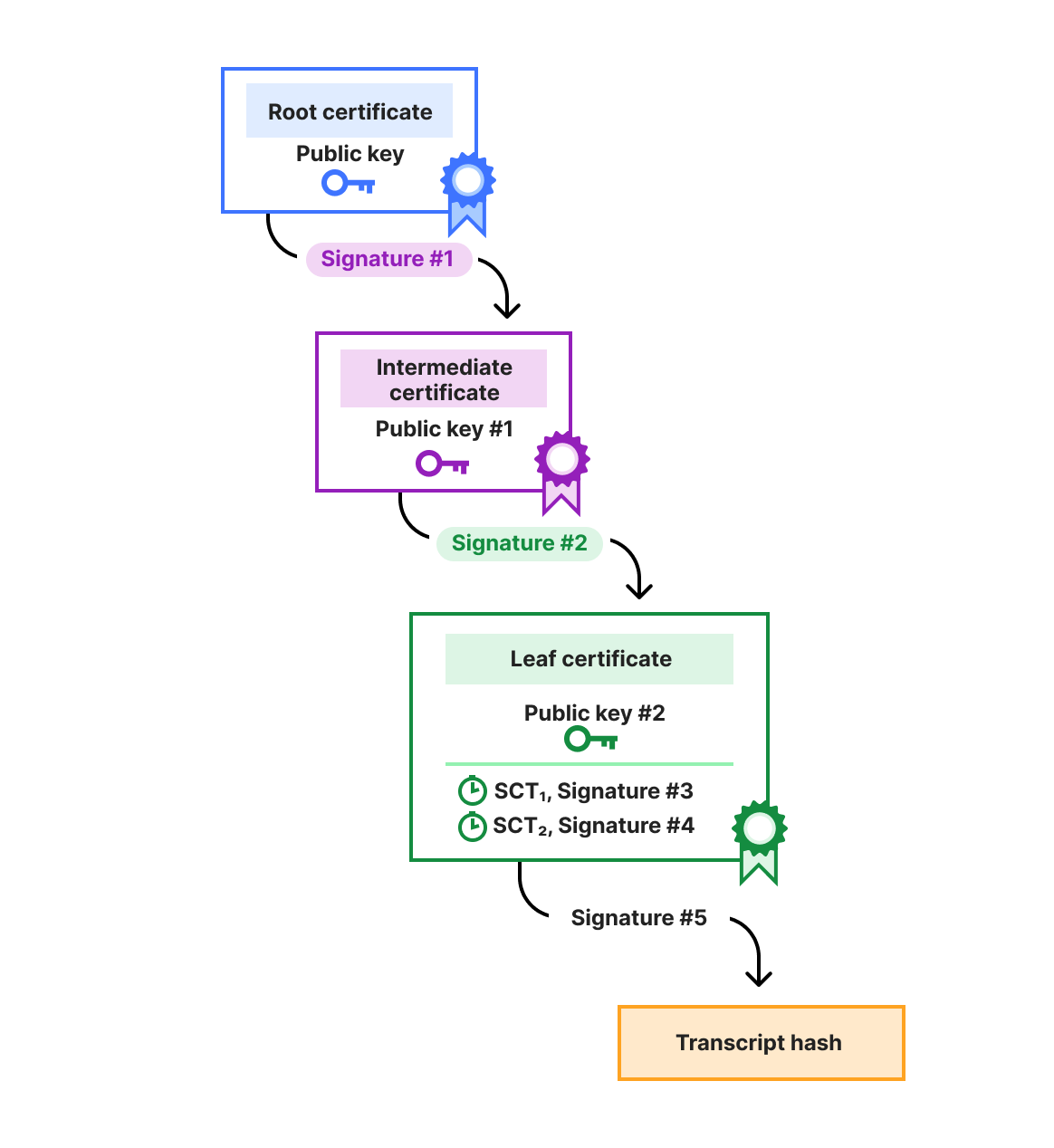The Android threat landscape in the first half of 2025 has entered a new phase. An era marked not just by volume, but by coordination and precision. Attackers are no longer simply throwing malware at users and hoping for results. They’re building ecosystems .
Recent Malwarebytes threat research data reveals a sharp rise in mobile threats across the board, with malware targeting Android devices up 151%.
We’ve seen a 147% increase in spyware, a broad category of apps that collect user data without consent, with a notable spike in Feb and March. In fact, the February/March levels represent nearly a 4x multiplication of the baseline.
Perhaps even more alarming is a 692% spike in SMS-based malware between April and May, a jump that we can’t just chalk up to coincidence. It could be due to seasonal scams like those we always see around tax season, which hit consumers hard this year, or widespread campaigns like toll fee scams, which also come in surges.
These numbers reflect a shift in strategy: Attackers are scaling operations, fine-tuning delivery, and exploiting both human psychology and systemic weak points. Take Spyloan, for example, a threat that lures targets with incredible loan conditions (low rates, no pre-check) but ends up stealing from desperate people. We saw a significant spike in May of this predatory app, which could well signal a resurgence for the summer. We’ll continue to monitor this uptick.
Banking Trojans and spyware are now outpacing more traditional nuisances like adware and riskware, and what’s changed is the level of sophistication. Threat actors are actively distributing malware through both official and unofficial app channels, often cloaking malicious apps behind layers of legitimacy.
Fake financial tools, predatory loan apps, and cleverly disguised “updates” aren’t just slipping through the cracks, they are being engineered with that objective in mind. Peaks in their activity often coincide with periods of personal stress, like tax season or holiday travel, suggesting a methodical approach to targeting.
As Sr. Director, Research and Development, Online Platforms at Malwarebytes, Shahak Shalev explains:
Attackers know we trust our mobile devices implicitly—we bank on them, authenticate with them, store our entire digital lives on them. Now attackers are amping up the volume and sophistication of mobile threats. When spyware jumps 147% in five months, that tells us attackers are moving beyond simple scams to building sustainable criminal enterprises. They’re playing the long game now — developing monetization strategies for every type of data they can harvest; every user behavior they can exploit. The February spike shows this isn’t random, it’s methodical business development in the cybercrime space.
Smishing (SMS phishing) has quickly become one of the most effective tools in the attacker’s playbook. Using AI-generated text and increasingly well-crafted lures, these campaigns are harder to spot than ever. And while smishing is rising fast, it’s not alone. We’re also seeing a growing number of PDF phishing attacks, where malicious documents act as entry points for broader compromise.
But perhaps the most systemic issue is lack of updates, with over 30% of Android devices remaining stuck on outdated operating systems. These devices are sitting ducks, because they are unable to receive critical security patches, yet are still being actively used. Combine this with counterfeit or gray-market devices that come preloaded with malware, and you’ve got a recipe for widespread exposure.
What we’re seeing isn’t a collection of one-off scams. It’s infrastructure. The Android threat landscape has matured into a network of monetization schemes that thrive on scale, persistence, and user trust. Attackers aren’t just after quick wins—they’re building operations that last.
The takeaway? Mobile security can’t be an afterthought. Individuals and organizations alike need to treat Android threats with the same seriousness as traditional desktop attacks. That means prioritizing device hygiene, avoiding sideloaded apps (where you download an app not from the Google Play store), staying current with patches where possible, and educating users about the social engineering tactics that increasingly underpin these attacks.
How to protect your Android device
Google Play Protect is a built in security feature from Android that automatically protects users against apps that engage in malicious behavior. That’s great, but we still see malware campaigns that are spread, partially or as a whole, through the Google Play Store.
To keep your devices free from Android malware:
- Get your apps from the Google Play store whenever you can.
- Be careful about the permissions you allow a new app. Does it really need those permissions for what it’s supposed to do? Permissions like “Display over other apps” should particularly raise a red flag, because they can be used to intercept login credentials.
- Don’t allow notifications as much as possible. Dubious ad sites often request permission to display notifications. Allowing this will increase the number of ads as they push them to the device’s notification bar.
- Use up-to-date and active security software on your Android.
We don’t just report on phone security—we provide it
Cybersecurity risks should never spread beyond a headline. Keep threats off your mobile devices by downloading Malwarebytes for iOS, and Malwarebytes for Android today.


